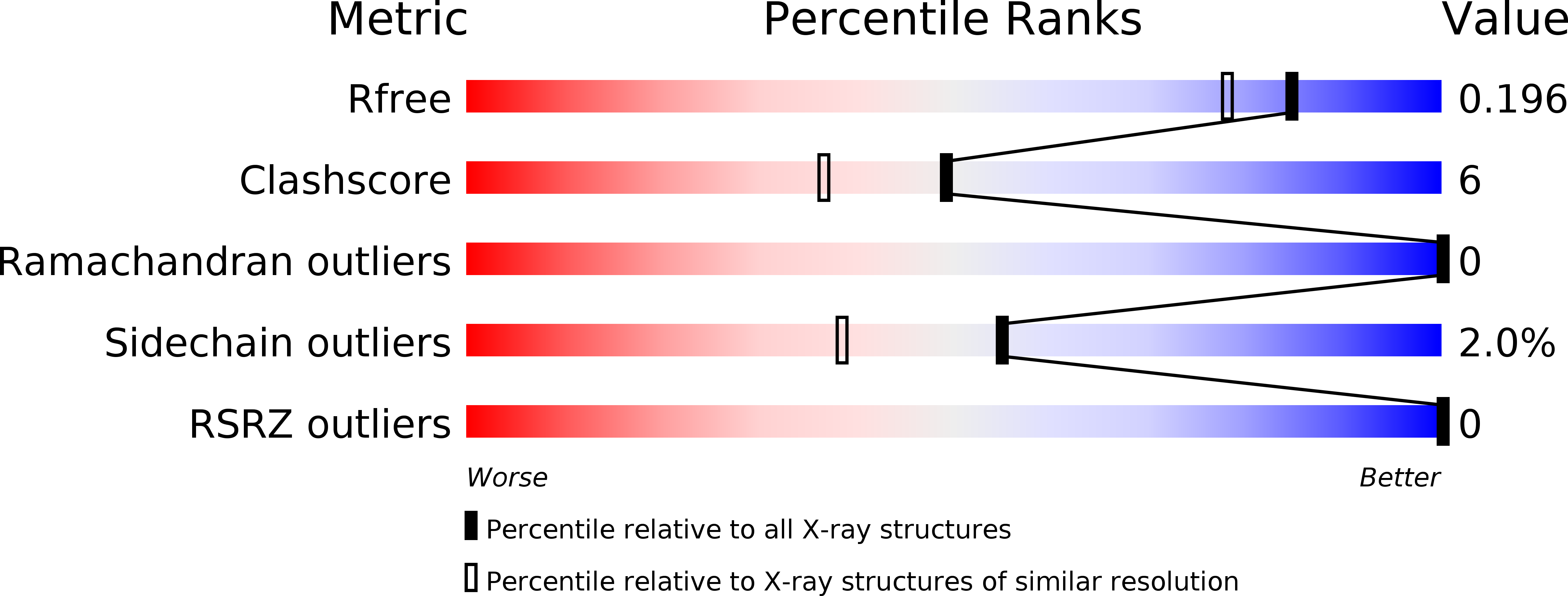
Deposition Date
2003-09-19
Release Date
2004-06-29
Last Version Date
2023-08-23
Entry Detail
PDB ID:
1R03
Keywords:
Title:
crystal structure of a human mitochondrial ferritin
Biological Source:
Source Organism:
Homo sapiens (Taxon ID: 9606)
Host Organism:
Method Details:
Experimental Method:
Resolution:
1.70 Å
R-Value Free:
0.2
R-Value Work:
0.17
R-Value Observed:
0.18
Space Group:
F 4 3 2


